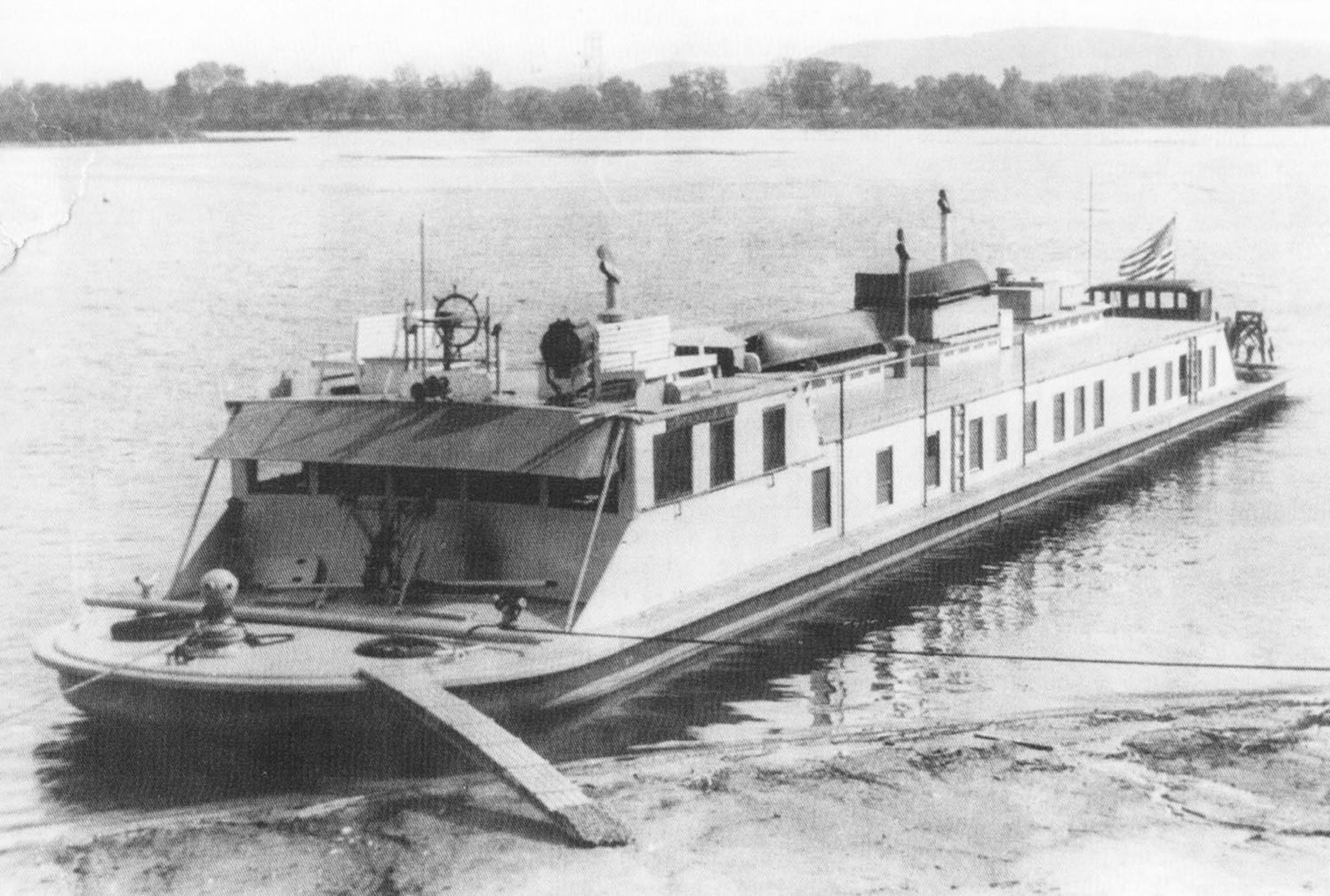On this Christmas Eve, the Old Boat Column editor concludes his seventh year of penning river history vignettes with a sweet story of the Polly. Affectionately known as “The Candy Boat,” this unique vessel traversed southern waterways, bringing great joy to bayou children as well as to other inhabitants of remote river communities.
In 1911, Anderson Gratz, CEO for the American Cordage Company, with offices in New York and St. Louis, contracted with the Howard Shipyard & Dock Company on the Ohio River at Jeffersonville, Ind., to build a private yacht. According to shipyard records, the new vessel had a contract cost of $18,000 and was constructed on a steel hull, containing five watertight compartments, that measured 95 feet in length, 15 feet in width and with a depth of three feet.
Gratz named the boat Polly, in honor of a wooden-hulled sternwheeler of the same moniker built in 1899. The new Polly had gasoline-driven engines, carried a large yawl and a Ford automobile for running errands in port.
Gratz, a native of Kentucky, traversed the waters of the Ohio, Mississippi, St. Croix, Cumberland, Tennessee, Arkansas, Red and Yazoo rivers, as well as a network of intersecting bayous.
The businessman turned boatman was said to derive particular enjoyment in the land of ancient oaks dripping with moss; it was also noted that the Polly’s logs probably contained a more accurate census than the state of Louisiana. Every man, woman and child was included when Gratz placed his annual order for peppermint candy sticks and baseballs, destined for delivery to places such as Plaquemine, Morgan City, Houma, New Iberia and numerous other landings. Made by the Elmer Candy Company of New Orleans, the sticks each weighed a quarter of a pound, were aerated for floating, wrapped securely in wax paper and shipped in barrels. It took 11 barrels to travel the length of Bayou Black alone!
Excitement filled the air each Christmas season in anticipation of the Polly’s appearance. When the sound of the boat’s air horn reverberated across the water, schools and homes emptied, with people of all ages lining the banks. Sometimes a new baby was held aloft to be included amongst the grateful recipients. Many were known to meet the Polly in johnboats and pirogues to make certain they would not be overlooked in the distribution of gifts.
Much more than a pleasure craft, the Polly routinely delivered medicine, clothing, books and other forms of aid to those in need.
Anderson Gratz operated the Polly until he was 80 years of age. In 1936, a year after Gratz passed away, the boat was sold to the Louisville Engineer District and the name was changed to Shawnee. During the transition, a cleaning crew discovered a number of peppermint sticks and baseballs in a forward hull compartment. The Corps again changed the name in 1947 to Surveyor. Repowered with diesel engines, radar and depth-finding equipment, the superstructure was altered with installation of a full-width pilothouse. After being deemed insufficient, the vessel was sold in late 1952 to Van Clement Jr., of Morgan City, La.
Merry Christmas!
Caption for photo: The Polly at a landing. Note the Ford Model T at the stern. (Keith Norrington collection)



